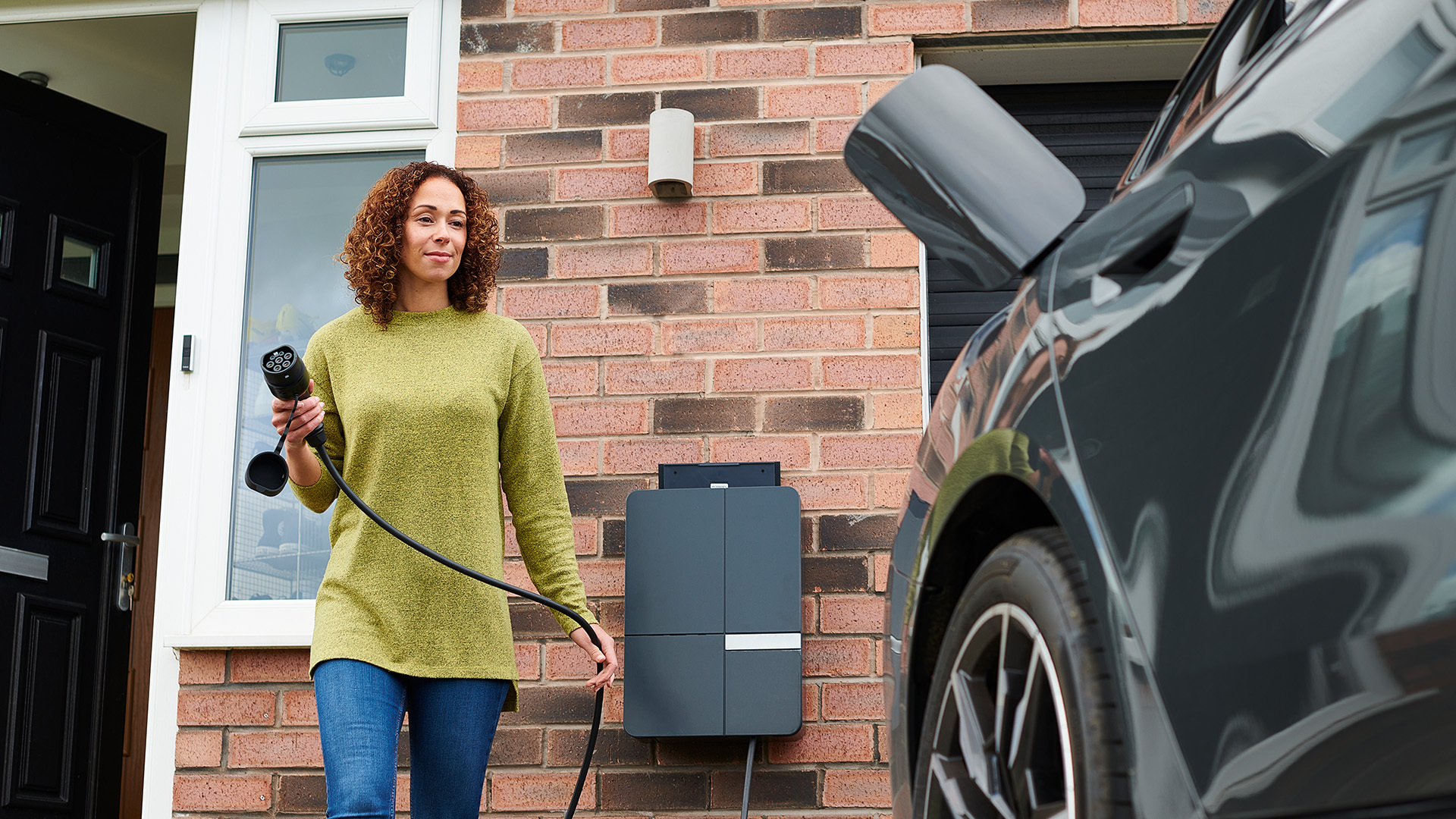
[JACK AYLMER]
FOR PROSPECTIVE EV BUYERS – CONCERNS ABOUT WHERE AND WHEN TO CHARGE – ARE PROBABLY TOP OF MIND.
TURNS OUT THERE’S A LITTLE-KNOWN WAY TO HELP YOU SAVE MONEY – IF YOU WANT TO PUT A CHARGER IN YOUR HOME.
WITHIN THE BIDEN ADMINISTRATION’S INFLATION REDUCTION ACT THERE IS A SEPARATE TAX INCENTIVE AIMED AT ENCOURAGING PEOPLE TO INSTALL EV CHARGERS.
THE CREDIT RUNS THROUGH 2032 AND COVERS 30 PERCENT OF HOME INSTALLATION COSTS.
CAPPING OFF AT $1,000
AND IF YOU’RE LOOKING TO TAKE ADVANTAGE – YOU’LL PROBABLY WANT THE HELP.
THE NATIONAL AVERAGE FOR A HOME CHARGER RUNS EV DRIVERS BETWEEN 1,000 AND $2,500
ELIGIBLE CHARGERS ARE REQUIRED TO BE PLACED IN EITHER LOW-INCOME OR NON-URBAN AREAS.
ALTHOUGH THAT MEANS THOSE LIVING IN A MAJOR CITY MAY BE OUT OF LUCK, THE WHITE HOUSE ASSERTS A MAJORITY OF AMERICANS CAN STILL ACCESS THE CREDIT.
BUT SOME HAVE BELIEVE THE WIDE SCOPE OF THIS CREDIT WILL ULTIMATELY BE A DETRIMENT.
MORE AFFLUENT AREAS LIKE MARTHA’S VINEYARD, MALIBU, Breckenridge, AND PARTS OF HAMPTON BEACH ALL QUALIFY .
SENATOR JOE MANCHIN SAID THE RULES QUOTE “SPIT IN THE FACE OF RURAL AMERICANS.”
HE ARGUES THE INCLUSION OF SO MANY COMMUNITIES WILL ULTIMATELY DILUTE THE NUMBER OF INVESTMENTS MADE IN AREAS MOST IN NEED OF A BOOST TO CHARGING INFRASTRUCTURE.
THE BIDEN ADMINISTRATION SAYS ABOUT TWO THIRDS OF THE COUNTRY WILL BE ABLE TO USE THE HOME CHARGER INCENTIVE.
MANCHIN IS ALSO RAISING QUESTIONS ABOUT WHETHER OR NOT CONGRESS HAS THE BUDGET TO FUND SUCH A LARGE SUBSIDY.
BUT, OTHERS ARE ALSO PITCHING IN TO HELP DRIVE DOWN THE COST OF HOME EV CHARGERS.
SOME STATES, METROPOLITAN AREAS AND UTILITY PROVIDERS ARE OFFERING ADDITIONAL INCENTIVES THAT CAN BE COMBINED WITH THE FEDERAL TAX CREDIT.
YOU CAN FIND OUT MORE ABOUT WHAT THOSE RESOURCES LOOK LIKE BY VISITING SAN.COM







